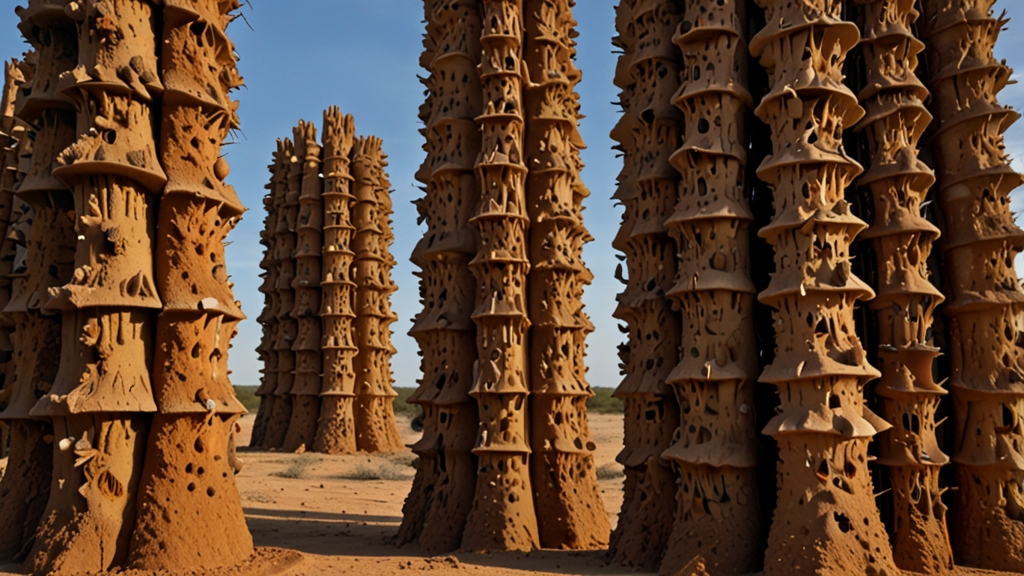Moses vs. The Pharaoh: A Clash of Titans
The story of Moses and the Pharaoh is one of the most intense and dramatic episodes in the Bible, capturing the age-old struggle between freedom and tyranny. This ancient narrative, primarily found in the Book of Exodus, recounts how Moses, a Hebrew prophet, leads his people out of Egyptian bondage under the oppressive reign of a hardened Pharaoh. The clash between these two monumental figures unfolds against a backdrop of divine intervention, miraculous events, and moral imperatives.
The Context of Slavery in Egypt
For centuries, the Israelites lived as slaves in Egypt, toiling under brutal conditions to build the great monuments of the Pharaohs. Their plight is vividly described in the Bible as one of unbearable hardship and relentless suffering. This context sets the stage for a dramatic confrontation, one that would define the destiny of an entire nation.
Moses: The Reluctant Liberator
Moses himself is an intriguing figure. Born to Hebrew parents, he was raised in the Egyptian royal household after being found in the Nile by the Pharaoh's daughter. Though enjoying a privileged upbringing, he felt a strong connection to his people and could not ignore their suffering. When God appeared to him in the form of a burning bush, Moses was tasked with liberating the Israelites. Despite his initial hesitation and self-doubt, he accepted the divine mission.
"Now go; I will help you speak and will teach you what to say." – Exodus 4:12
Equipped with this divine assurance, Moses set off to confront Pharaoh, demanding the release of his people.
Pharaoh: The Embodiment of Tyranny
The Pharaoh in this story is often depicted as a symbol of oppressive power and stubbornness. Despite witnessing numerous signs and wonders performed by Moses and his brother Aaron, Pharaoh's heart remained hardened. His refusal to free the Israelites sparked a series of catastrophic events known as the Ten Plagues, each one designed to break his resolve and free God's chosen people.
The Ten Plagues
Each plague dealt a devastating blow to Egypt, escalating in severity:
- Water turned to blood
- Frogs
- Lice
- Wild animals
- Pestilence
- Boils
- Thunderstorm of hail and fire
- Locusts
- Darkness for three days
- Death of the firstborn
"Then the LORD said to Moses, 'Stretch out your hand toward the sky so that darkness spreads over Egypt—darkness that can be felt.'" – Exodus 10:21
These plagues were not just natural disasters but divine acts of judgment against Pharaoh's stubbornness and the gods of Egypt. Each catastrophe further established the power of the Hebrew God and discredited the Egyptian deities.
The Exodus
The climax of this struggle culminates in the exodus of the Israelites. After the final and most devastating plague—the death of the Egyptian firstborns—Pharaoh reluctantly lets the Israelites go. This pivotal moment is marked by the institution of the Passover feast, a lasting memorial of Israel's deliverance.
However, Pharaoh's change of heart was short-lived, and he pursued the Israelites with his army. The chase led to the Red Sea, where one of the most miraculous events in the Bible occurs. Moses, with divine intervention, parts the waters, allowing the Israelites to cross on dry ground. When the Egyptians follow, the waters return, engulfing Pharaoh's army and securing the Israelites' escape.
Legacy and Impact
The story of Moses and Pharaoh transcends its historical and religious context, offering timeless lessons about leadership, faith, and resilience. It also serves as a powerful narrative about the triumph of liberty over oppression, and the undeniable influence of divine will in human affairs. The saga of their epic clash remains a cornerstone of Judeo-Christian teachings and continues to inspire believers and scholars alike.









